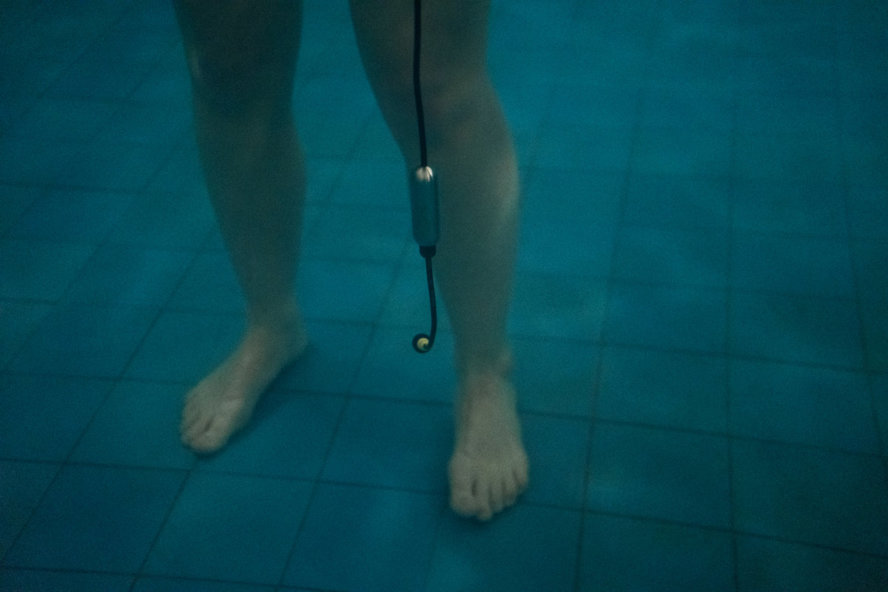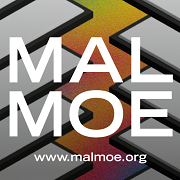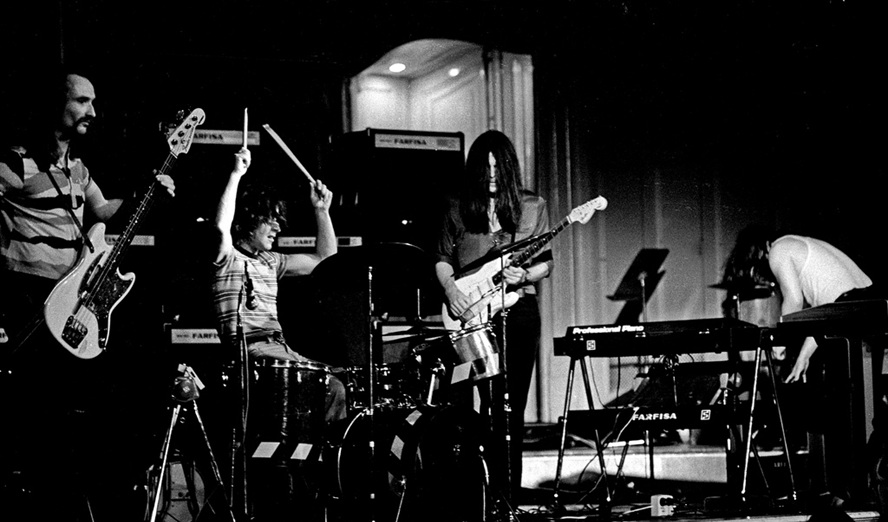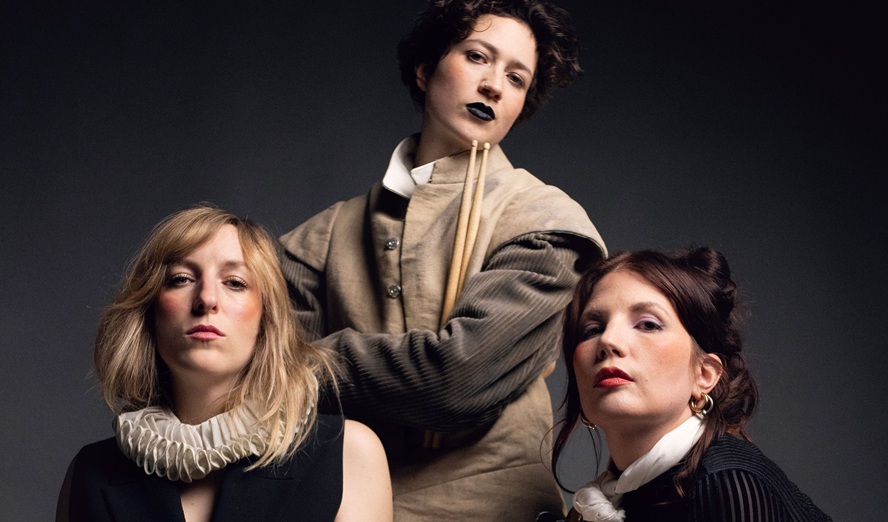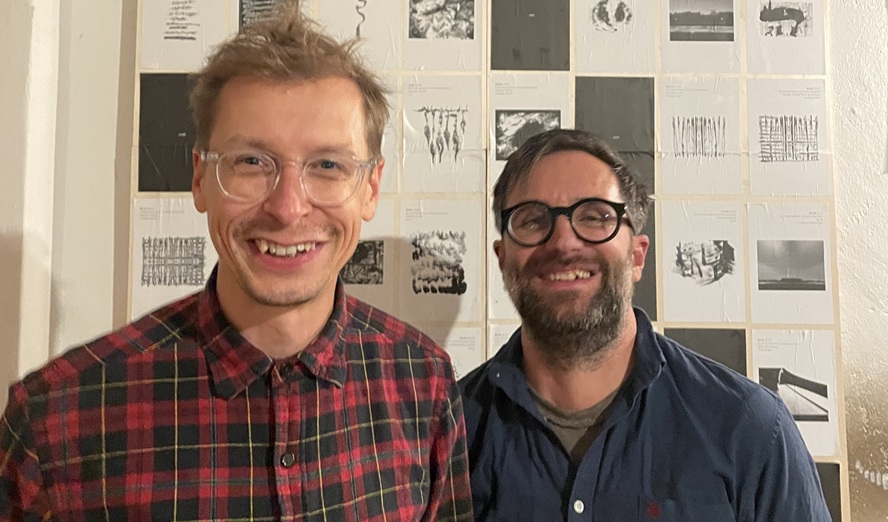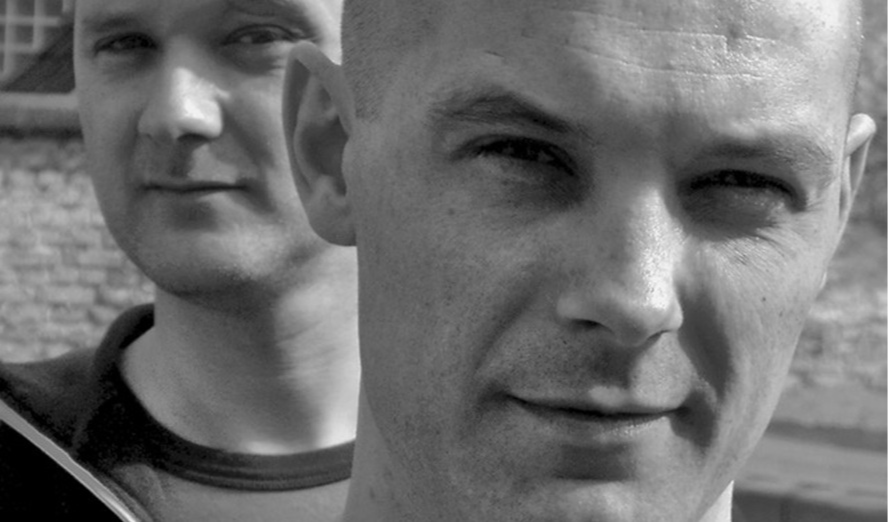Die schwedische Klangkünstlerin Kajsa Lindgren veröffentlicht Aufnahmen, die auf eine Reise durch verschiedene Stationen der menschlichen Vergangenheit einladen, wie in Teil 1 dieses Artikels beschrieben. Im Folgenden erteilen wir ihr selbst das Wort, um unseren Eindruck von ihrer Arbeit zu vervollständigen.
skug: How did you get the idea to record music underwater?
Kajsa Lindgren: For a long time I’ve been interested in sounds and things that are (for obvious reasons) difficult for us humans to hear or experience. To think that there are so many different perspectives and ways of perceiving both environments, subjects, sounds… not only within the field of music and sound, but in life in general. Therefore, I often use microphones that can help me with that, hydrophones for example. But when Malte and Andreas from Hyperdelia contacted me about releasing something, it couldn’t have been more luxurious and exciting, since they work with different, experimental ways of studio production and aesthetic of recorded music. They basically said: »Come up with different ideas and dream big, we’ll think about the practicalities later«. So one of the ideas I had was that I wanted to present the music and also the way the audience would experience it in a way I’d never done before, but also extend the thing I said before about perspectives. So the first idea we all liked was an underwater installation, and that we’d record the music under water with hydrophones and release that. And once we thought about doing that we thought »Why stop there?« and expanded the project in a total of three perspectives to present and experience the piece: an underwater concert where the audience got to swim around in a pool with four underwater speakers, a record release in a more »traditional« sense processed and mixed with material we got from the pool, a web-based sound installation, but also a release with remixes.
What were the problems with recording?
We had two »sessions« in the pool: one for recording and one for the concert. We felt after the recording that it would’ve been good to have at least one more session after that first time, since some problems occurred. For example there were sounds that the hydrophones picked up that we couldn’t get rid of and also took quite some time to find the source of. This resulted in that we made impulse responses in the pool which we then used in the mixing process, and I also composed some new tracks that couldn’t have been made without that material, inanimate world part I and II, for example.
How did your own experiences of listening and hearing underwater affect your work? While it can be very relaxing, it can also trigger the feeling of melancholy. What is your opinion on that?
One of the best things about this project was the fact that you couldn’t always know what to expect or be in complete control. That we had to adapt, compromise and think in new ways to make things work. Not only work, but also sound good. This affected the listening experience a lot of course. In a way it extended the poetic sense of the material. That memories are evasive, fragmentary. While listening through and editing the interviews I got from different people, it struck me that almost everyone had loving, nostalgic and happy memories. But most of them had this touch of sadness and melancholy. It ended up with me using more processed voices (each track consists of one persons voice talking about one or several memories and fragments from their recordings), rather than only or mainly field recordings.
Do you know about a healthy, soothing effect of underwater sounds?
No, not really, but what I can mention about this piece and the underwater concert was that it was such a treat to see the calm and soothed mood that the audience seemed to have been left with after the concert. I’ve never experienced that at any other concert I’ve had, which was an amazing thing. But I can’t say that it’s for everyone. It’s quite intimate.
You called the records »Womb«. Were you aware of this stereotype identification of women and the ocean? Do you know about Elaine Morgan’s research on the origin of humans and her aquatic ape hypothesis?
Uhm, no. I get that there are references you can make with the title, but it’s not to be perceived literally. It’s not something political, feminist or to make you think that it’s an attempt to make the listener experience the fetal state in your mothers womb. It’s more of a symbol for being absorbed by something… the water, the music, the state of mind of the material which is based on interviews exploring childhood memories of sound and field recordings.
In Vienna there is a thermal bath with a pool that has speakers that play music underwater that reminds me of your project. Could you think of playing more concerts in different public swimming pools, or even on the open sea?
For sure! That would be great. Not in the open sea though, I think that would be difficult and perhaps disturb the underwater creatures…
What else can we expect? Is there more underwater music to come?
We’ll see! Hopefully I’ll get to continue exploring perspectives and mediums in many different ways.
